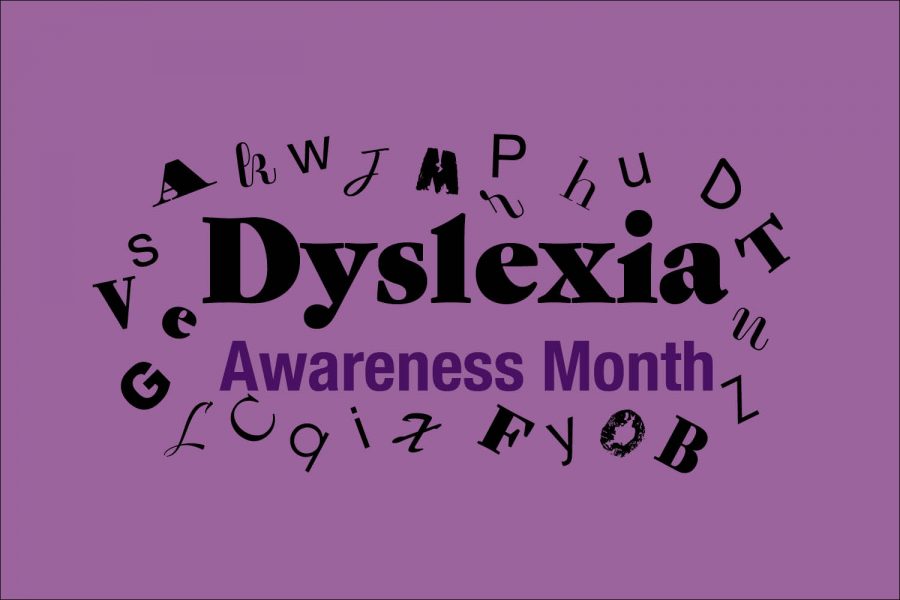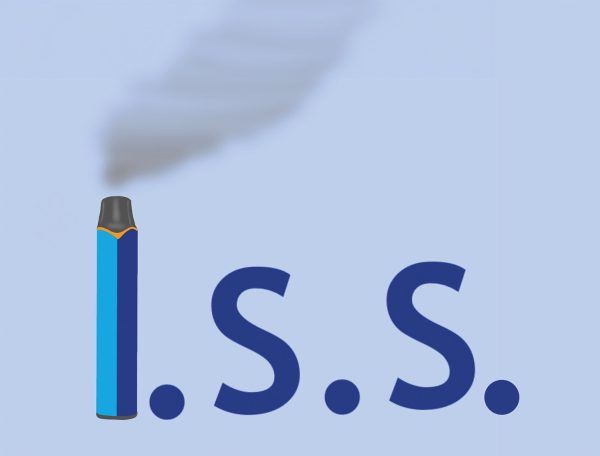Alphabet soup
TISD works to give dyslexic tools, support
Graphic by Addison Cross. TISD is one of many school districts across America that has worked to improve school accommodations for dyslexic students and recognizes October as Dyslexia Awareness Month.
October 18, 2019
October is awareness month. From breast cancer to pasta, this time of year is jam packed with causes to celebrate fundraise, and research. With so many events in only 31 days, it’s easy for things to get overshadowed, such as dyslexia awareness.
TISD is one of many school districts across America that has worked to improve school accommodations for dyslexic students and recognizes October as Dyslexia Awareness Month.
“Statistics say that between five and 15% of people have dyslexia. That would mean that at Texas High between 90 and 270 students are identified with dyslexia,” Debbie Davis, assistant principal for special populations, said. “As a district this is a high priority for us to make sure that we identify students who might have characteristics of dyslexia and let parents and the community know about this particular learning difficulty.”
With such a large dyslexic population, it is an issue the school is actively working to improve and aid students in. However, Davis also believes it is important for students to be aware of how their perception of dyslexia affects their peers.
“Chances are we all know at least one person, if not more, who has a challenge when it comes to learning. Students with dyslexia and other disabilities often tell me that others think they have it easy because they get accommodations, but the reality is that they struggle each day to do all that they do,” Davis said. “We all need to be accepting of each others differences and realize that teachers work hard to give each student the things that they need to learn and encourage each other rather than tear each other down.”
According to TISD dyslexia therapist Stacy Salisbury, the district has been making advances to become more accommodating to the dyslexic population. They have taken steps including receiving a $2 million grant from the state, hiring the necessary therapists, and working to remove the stigma around learning challenges.
“As dyslexia therapist at the high school level, I encourage all my dyslexic students to become advocates for themselves. A dyslexic students will work longer and harder to achieve their academic goals,” Salisbury. “I find that most of my dyslexic students don’t want to ask for accommodations for fear that others that are not dyslexic might think they are trying to get ‘extra help’ for the same assignments. I tell my kids that they should never feel ashamed or embarrassed to use their accommodations, because they are there to facilitate their work.”
The attitude toward dyslexia from people on the outside can often cause insecurity among dyslexic students, negatively impacting them academically.
“For example, if a person that was disabled physically needs perhaps hand rails or ramps to achieve a goal to simply walk in a building, should they be made to feel ashamed or embarrassed for using those tools? Of course not,” Salisbury said. “I find that overcoming the fear that others will view them differently for using their tools is one of the greatest struggles a dyslexic students has to overcome. These students are smart, bright, out of the box thinkers and if given the time and tools will succeed and achieve great goals.”




















